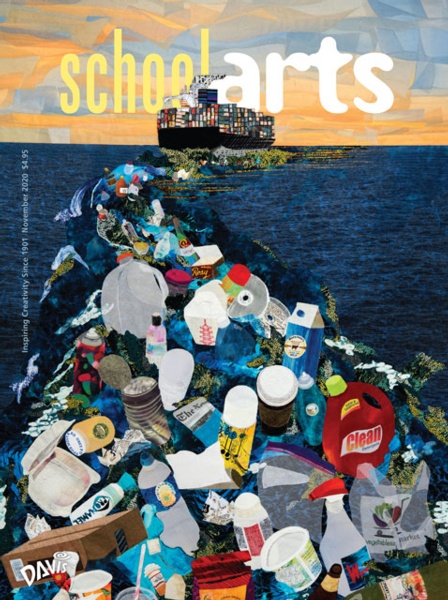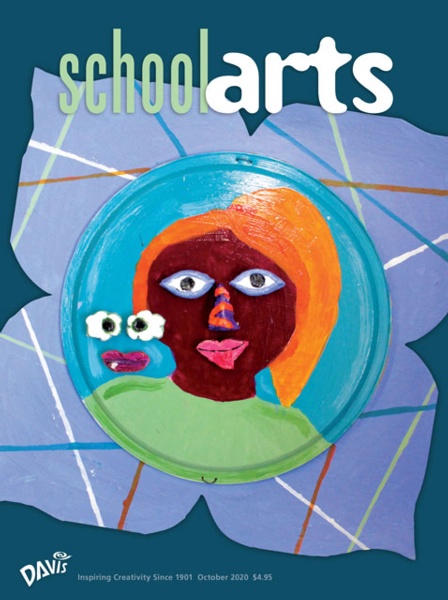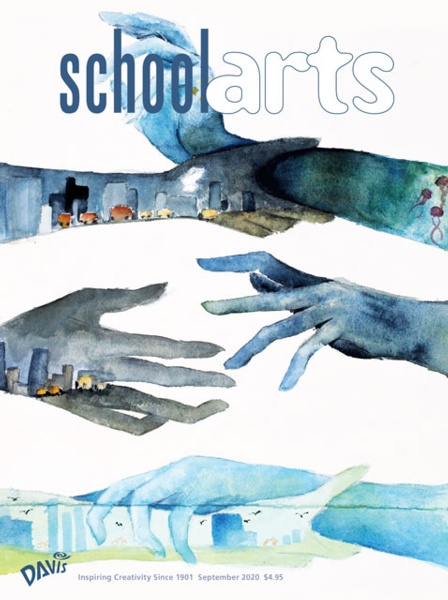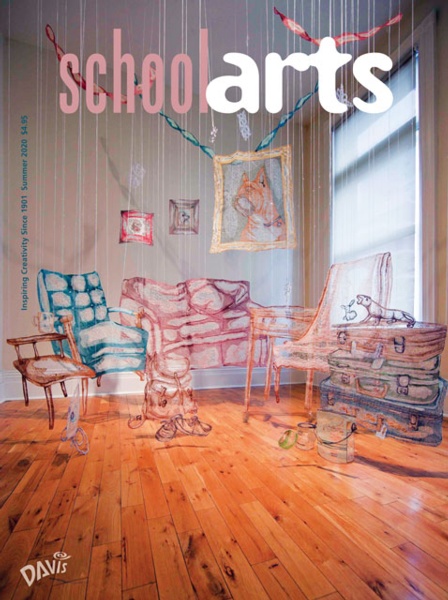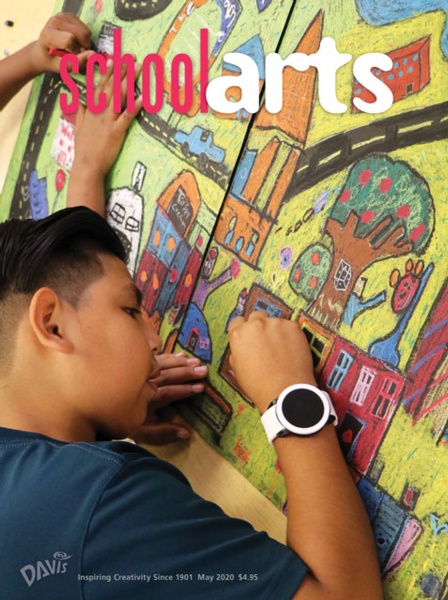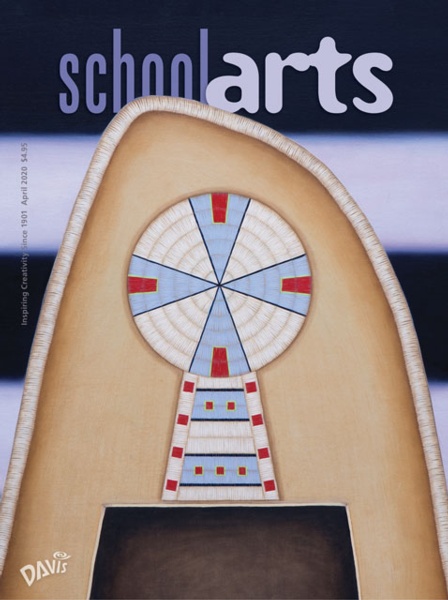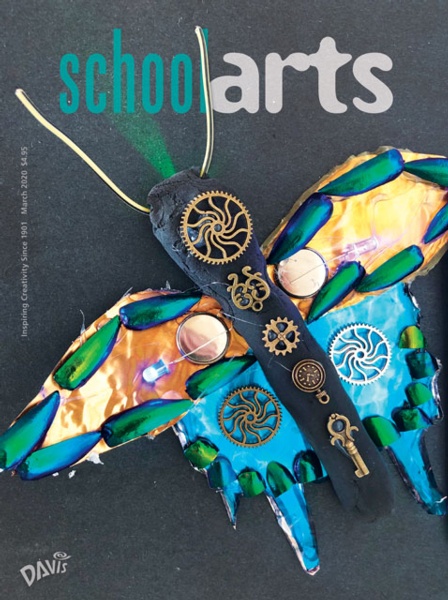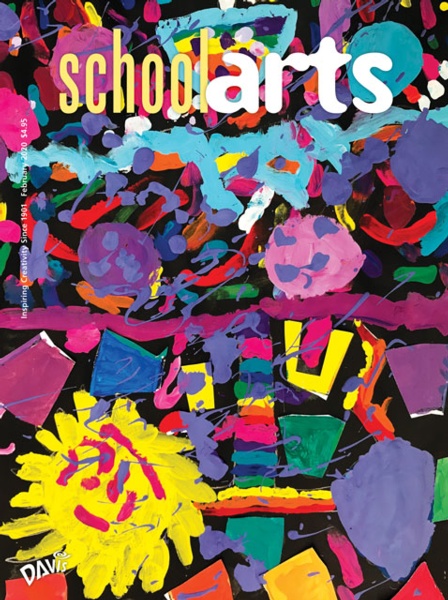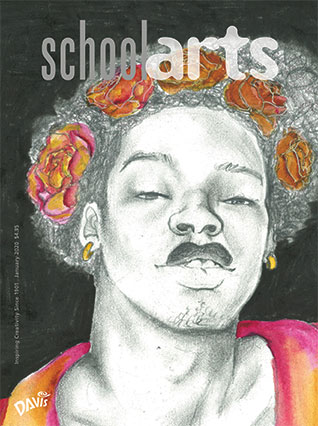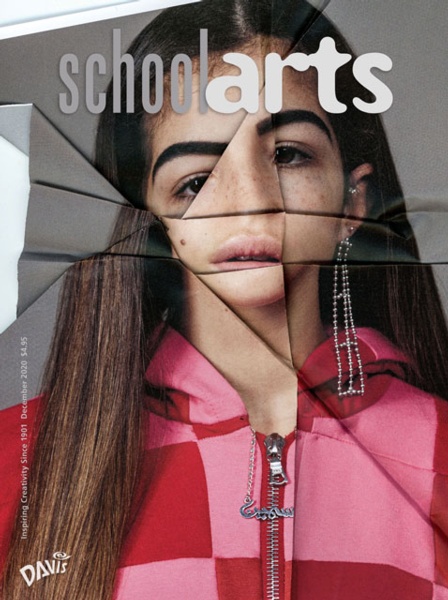
Media Arts
Art teachers share lessons that use apps, smartphones, tablets, digital cameras, 3D printers, and more. Many of the lessons in this issue contain both a digital and hands-on component. Students sculpt clay figures and bring them to life using stop-motion animation, collaborate to create and animate posable cardboard monsters based on emotions, use a 3D modeling app and 3D printer to create geometric accessories, and more.
Browse This Issue
